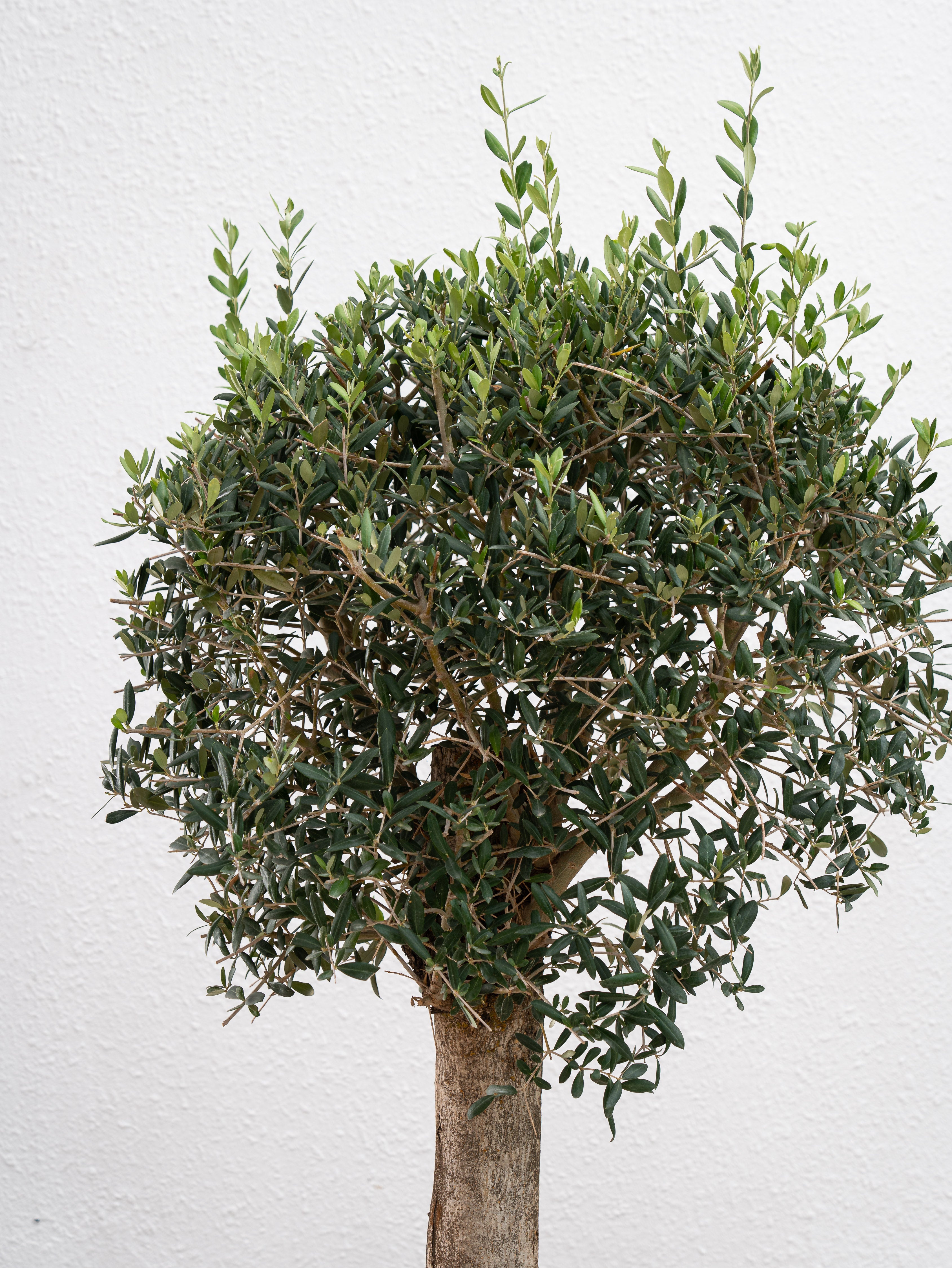Humidity is crucial for the health and vitality of many houseplants. While some plants can thrive in the typical indoor environment, others need higher humidity levels to look their best. This guide will explore various methods to provide adequate humidity for your houseplants, ensuring they remain lush and vibrant. We will also highlight some popular houseplants that thrive with increased humidity.
Why Humidity Matters for Houseplants
Plants transpire, or release water vapor, through tiny pores on their leaves called stomata. High humidity reduces the rate of transpiration, helping plants retain moisture and stay hydrated. Insufficient humidity can lead to issues such as browning leaf tips, wilting, and overall poor health.
Common Houseplants That Need High Humidity

- Care Level: Moderate
- Light: Low to moderate indirect light
- Water: Keep the soil consistently moist
- Humidity: High humidity preferred
2. Boston Fern (Nephrolepis exaltata)

- Care Level: Moderate
- Light: Bright, indirect light
- Water: Keep the soil evenly moist
- Humidity: High humidity is essential

- Care Level: Moderate
- Light: Low to moderate indirect light
- Water: Keep the soil consistently moist
- Humidity: Requires high humidity
4. Orchids

- Care Level: Moderate to High
- Light: Bright, indirect light
- Water: Water thoroughly when the potting medium is dry
- Humidity: High humidity is crucial
5. Bamboo Palm (Chamaedorea)

- Care Level: Easy
- Light: Low to bright indirect light
- Water: Water when the top inch of soil is dry
- Humidity: Prefers high humidity
Methods to Increase Humidity for Your Houseplants
1. Misting
Misting is a simple and effective way to boost humidity around your plants. Use a spray bottle to mist your plants' leaves with water once or twice a day.
- Pros: Easy to do, inexpensive
- Cons: Needs to be done regularly, can promote mold growth if overdone
2. Humidity Trays
Place a shallow tray filled with water and pebbles beneath your plant pots. As the water evaporates, it increases the humidity around the plants.
- Pros: Simple setup, low maintenance
- Cons: May not provide enough humidity for very demanding plants
3. Room Humidifiers
Using a room humidifier is one of the most effective ways to maintain consistent humidity levels.
- Pros: Provides steady and adjustable humidity, beneficial for multiple plants
- Cons: Initial cost, requires electricity and regular maintenance
4. Grouping Plants Together
Plants naturally release moisture into the air through transpiration. Grouping them together can create a microenvironment with higher humidity.
- Pros: Utilizes natural processes, aesthetically pleasing
- Cons: May require rearrangement of space
5. Using a Terrarium
For small plants, a terrarium can create a high-humidity environment. The enclosed space traps moisture, providing consistent humidity levels.
- Pros: Creates a stable environment, visually appealing
- Cons: Limited to smaller plants, can overheat if placed in direct sunlight
6. Bathroom Placement
Bathrooms are typically the most humid rooms in a house. Placing humidity-loving plants in your bathroom can help them thrive.
- Pros: High natural humidity, easy to implement
- Cons: Limited space, may not suit all decor styles
Also Read- Which Indoor Plants Are Easy To Take Care Of - The Ultimate Guide
Tips for Managing Humidity
- Monitor Humidity Levels: Use a hygrometer to measure the humidity levels in your home and adjust as necessary.
- Avoid Overwatering: High humidity can reduce the need for frequent watering. Ensure the soil has good drainage to prevent root rot.
- Ensure Proper Air Circulation: While increasing humidity, also ensure there is adequate air circulation to prevent mold and mildew.
Common Signs Your Plant Needs More Humidity
- Browning Leaf Edges: One of the most common signs that your plant needs more humidity.
- Wilting: Plants may appear droopy even when the soil is adequately moist.
- Crispy Leaves: Leaves may become dry and crispy, especially at the tips and edges.
Also Read- Quick Tips For Repotting Indoor Plants
Conclusion
Providing the right humidity for your indoor plants is essential for their health and growth. By understanding the needs of your plants and using the methods outlined above, you can create an ideal environment for them to thrive. Whether you choose misting, humidity trays, or a room humidifier, consistent care will ensure your plants remain lush and vibrant.
With these tips and techniques, you can enjoy a thriving indoor garden, full of healthy and happy plants.













Leave a comment
This site is protected by hCaptcha and the hCaptcha Privacy Policy and Terms of Service apply.